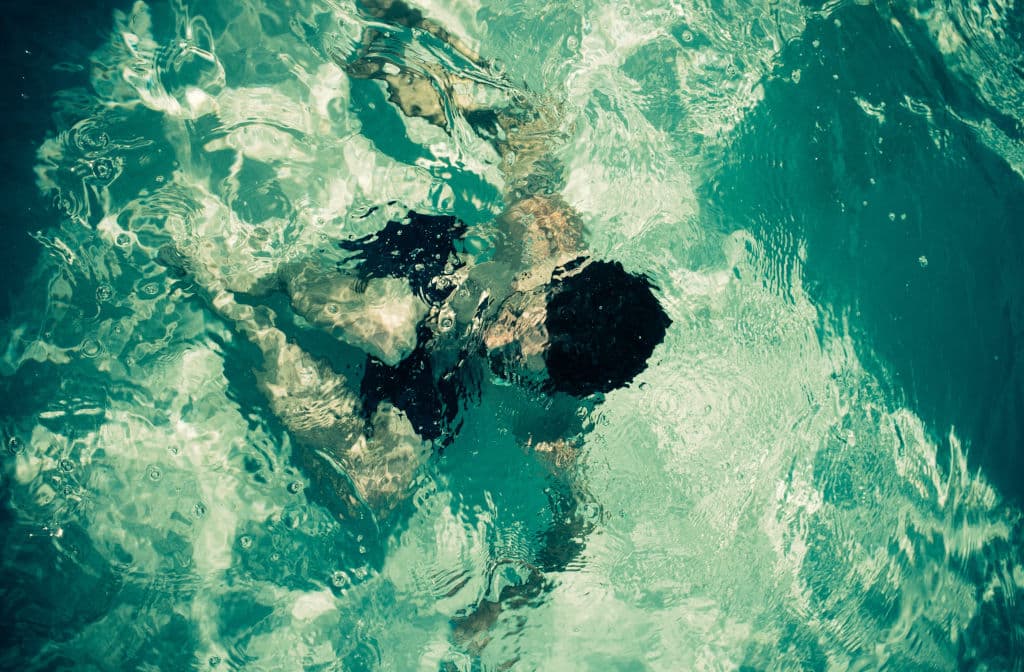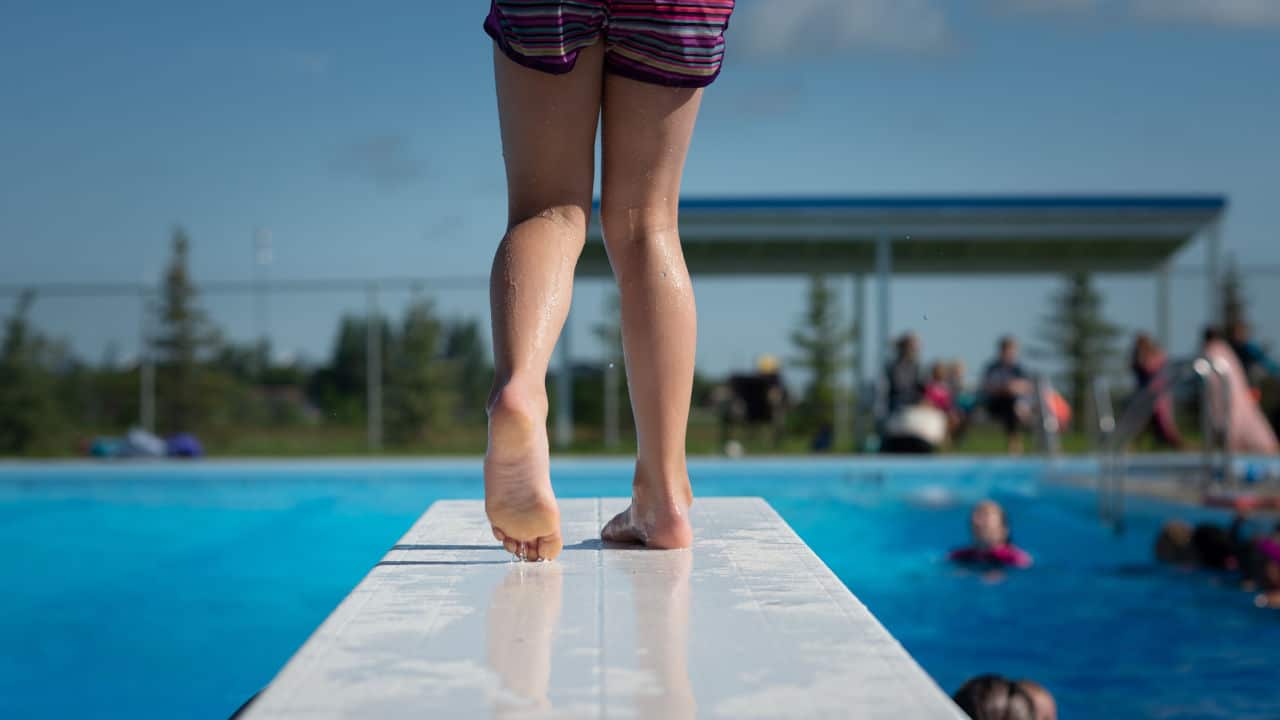Drowning is a type of asphyxia. It is brought on by fluid aspiration into an airway, often after submerging the mouth and nose in water for a long duration. Most people lose consciousness after three minutes.
Cerebral hypoxia can result from the brain’s oxygen depletion in the interim. At some point, the brain tissue damage brought on by the hypoxia will be irreversible, resulting in death.
According to the Centers for Disease Control and Prevention, drowning is a leading cause of death in children. There is also an average of 3960 unintentional drownings, including boating-related drowning bringing the number to about 11 drowning deaths per day.
There are also 8080 nonfatal drownings, bringing the number to an average of 22 nonfatal drownings every day. Nonfatal drowning can result in long-term health problems and costly hospital stays.
Proving Liability In a Case Involving Fatal and Nonfatal Drowning
Suppose a drowning incident was caused due to the action or failure to act of another person. In that case, the person could be held responsible via a claim of negligence, premises liability, and product liability.
In all of these instances, legal animation can be used to portray the offending party’s negligence.
- Negligence in drowning cases
Unfortunately, drowning episodes can occur anywhere and are prevalent. Depending on the situation, a company or person may be held accountable for negligence in drowning situations. Several possible instances include:
- When there is a pool, hot tub, lazy river, water slide, or other water feature at hotels or resorts.
- Public pools, fitness centers, or members-only swimming areas if lifeguards are careless, poorly trained, or the equipment isn’t kept up to code.
- Facilities that have set pool hours, but don’t restrict entry after those times.
- Facilities that neglect to maintain their diving boards, ladders, and stairs.
- Facilities that can lead to accidents due to poor lighting, blind spots, or slick floors.
- Facilities that don’t have any safety risk warning signs.
Operators of establishments with pools, such as hotels, resorts, schools, private residences, and other locations, are typically required to take security precautions to prevent unauthorized individuals from using the pools unattended.
You can make a personal injury or wrongful death claim under premises liability or negligence if you or a loved one has been hurt due to the carelessness of a swimming pool owner or operator.
In the case of Cook v. Ross Island Sand and Gravel Co., a wrongful death action was brought against the defendant for Dennis Cook’s drowning while in her employment.
In a case like this, you can also make use of legal animation to portray the incident for the jury to easily understand the severity of the case.

- Premises liability in drowning cases
Since a pool is an integral property element, the owner is responsible for ensuring safety and may be held accountable in premises liability if they neglect to maintain necessary safety measures.
These safety measures include putting up signs when there are dangers to safety, supplying emergency safety gear, repairing damaged property or safety hazards as promptly as possible, and employing qualified lifeguards.
Suppose the property owner disregards any of those mentioned above. In that case, they risk being held accountable for their carelessness and opening themselves up to a premises liability lawsuit if a drowning incident or other physical injury occurs.
Even though most people are responsible for their safety to a certain extent, kids cannot be held to the same standards as adults. Children are naturally curious, so they cannot be blamed for drowning if an adult neglects to keep them safe from dangers they were unaware of.
Because of this, it is crucial to take precautions to avoid endangering or killing children due to carelessness.
In the case of Landreth v. Reed, a child fell into a pool and drowned in the day nursery operated by the appellant due to negligence and failure to provide a safe environment suitable for kids.
Legal animation can be used in these cases to show the difference in the outcome should the necessary precautions be in place.
- Product liability in drowning cases
Sometimes product manufacturers, installers, or retailers, rather than property owners, are to blame for a drowning occurrence. Manufacturers, installers, or merchants may be held accountable if drowning occurs due to a faulty pool or pool product.
Products with flaws that give rise to product liability claims include pool protective gears, pool fences or gates, pool filters, pool drains and pumps, pool accessories, and boat defects.
In case a person gets injured due to a defective product, including boat defects, legal animation can be used to animate the faulty product and show how the manufacturer is liable for the drowning that occurred.
Conclusion
Legal animation is useful in various cases, including drowning incidents. However, it is important to note the legal animation rules for admissibility in every jurisdiction. This can be achieved if you consult with an experienced legal animation company with a track record of wins using trial graphics.





